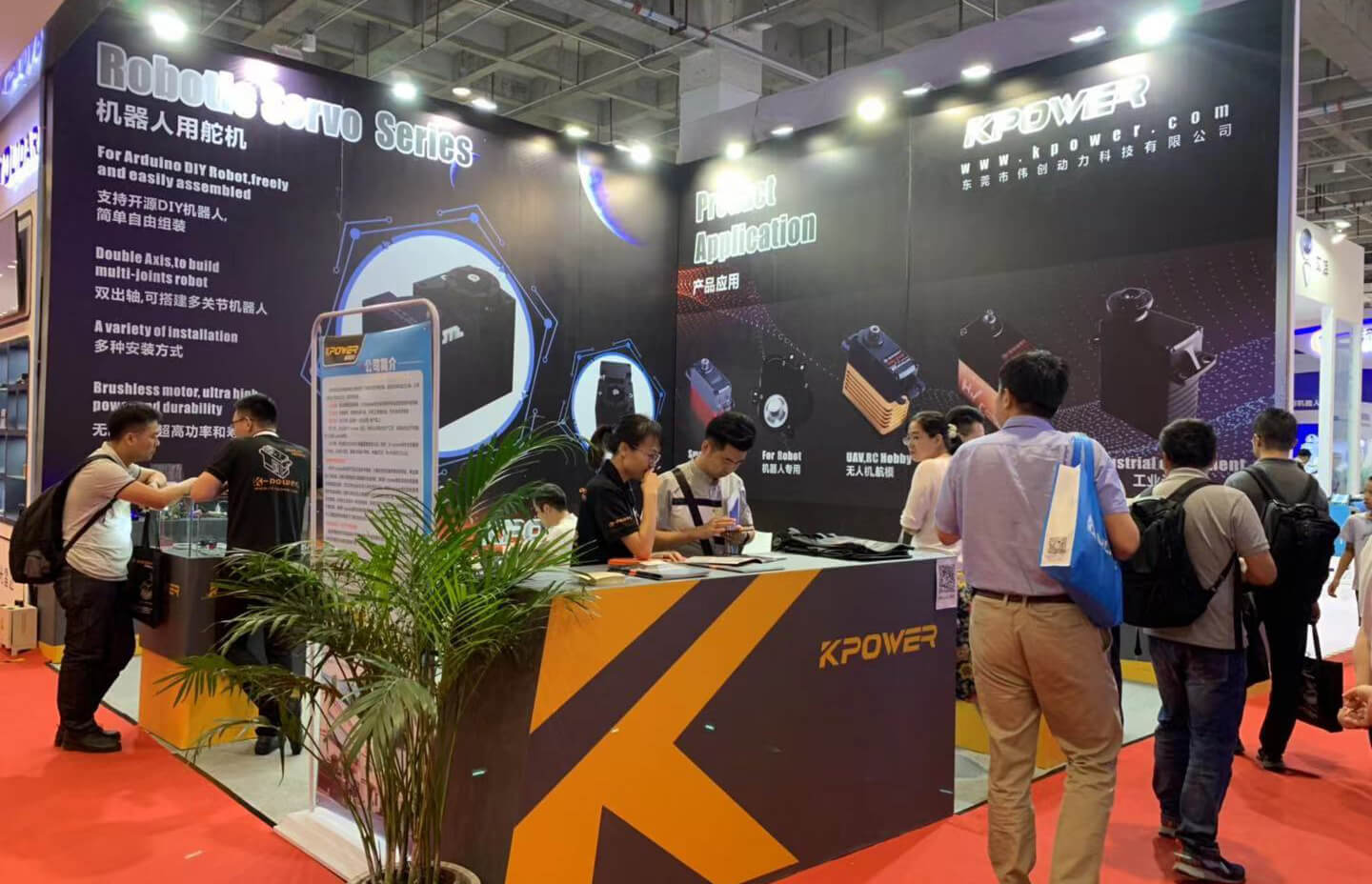Picture this: a bustling digital universe, where every microservice is like a tiny but vital node, humming along, doing its own thing. But what happens when these nodes start talking? Not shouting, not gossiping, just smooth, seamless conversations. That’s where communication between microservices truly becomes the backbone of a resilient, scalable system.

You’ve probably run into the chaos firsthand—services slow down, data gets lost in translation, or worse, they refuse to talk at all. Sometimes, it’s like trying to orchestrate a band where everyone’s listening to different tunes. But here’s the kicker: with the right approach, these tiny services can coordinate as effortlessly as a well-rehearsed orchestra.
Imagine a retail app. The inventory service needs to inform the checkout process, “Hey, items are running low,” while the payment service confirms a purchase. Without smooth communication, you get glitches—like customers being charged for items they never bought or seeing out-of-stock messages when stock is actually fine. That’s a nightmare. But when microservices chat properly, encounters like these become rare, almost non-existent.
One thing that truly makes the difference is message protocols. Think of them as the dialects or languages that microservices use. Protocols like REST, gRPC, or message queues—each serves a purpose. REST is as popular as ever, easy to implement, familiar. But for real-time needs or high-volume exchanges, gRPC rushes ahead thanks to its speed and efficiency. It’s all about picking the right tool for your specific use case.
Now, here’s a question: how do you keep these tiny services from talking past each other? Good design, for starters. Clear API definitions, version control, and well-thought-out message schemas make sure everyone’s on the same page. And don’t forget about fault tolerance. When a message gets lost, does the system recover quickly? Implementing retries and timeouts, or employing circuit breakers, can turn communication failures into mere blips.
You might wonder: is it worth investing in this? Well, look at companies that have scaled smoothly; their microservice communication is like the secret sauce—so crucial that everything else falls into place. When each component knows exactly how and when to talk, it’s like the system becomes a living, breathing organism, adapting fluidly to changes or loads.
So, next time you’re pondering how to tie all these services together, think about the conversation itself. It’s not just about how many messages are exchanged, but how naturally they flow. That’s where true reliability, speed, and flexibility come from. The magic lies in the details—choosing the right protocols, designing with clarity, and understanding that this communication is the heartbeat of your entire system.
Established in 2005, Kpower has been dedicated to a professional compact motion unit manufacturer, headquartered in Dongguan, Guangdong Province, China. Leveraging innovations in modular drive technology, Kpower integrates high-performance motors, precision reducers, and multi-protocol control systems to provide efficient and customized smart drive system solutions. Kpower has delivered professional drive system solutions to over 500 enterprise clients globally with products covering various fields such as Smart Home Systems, Automatic Electronics, Robotics, Precision Agriculture, Drones, and Industrial Automation.




































